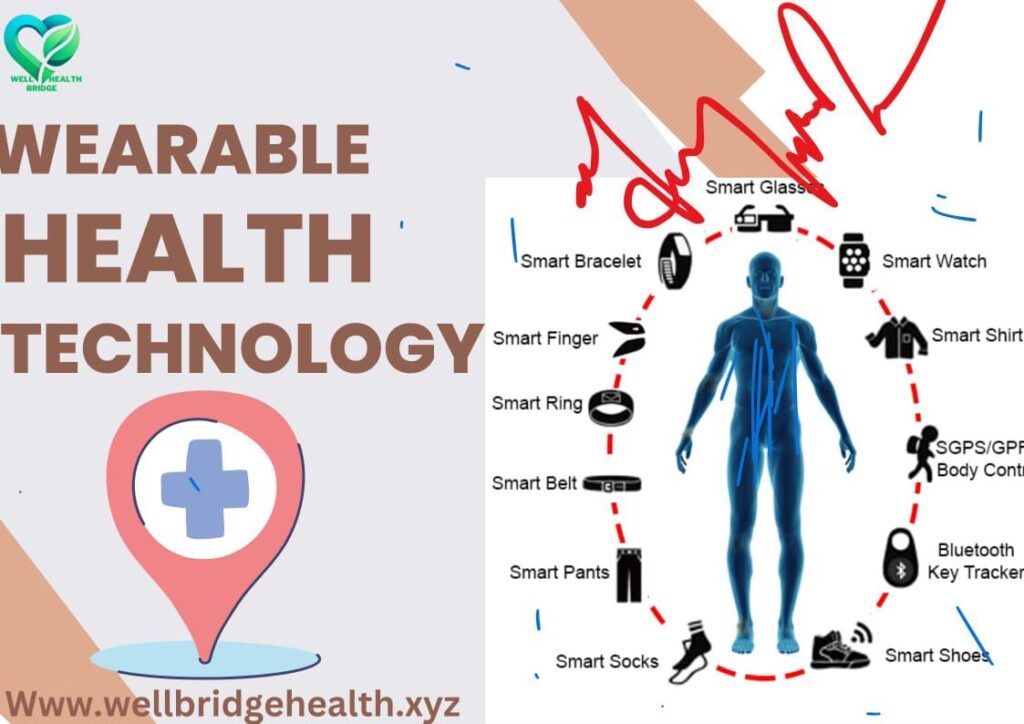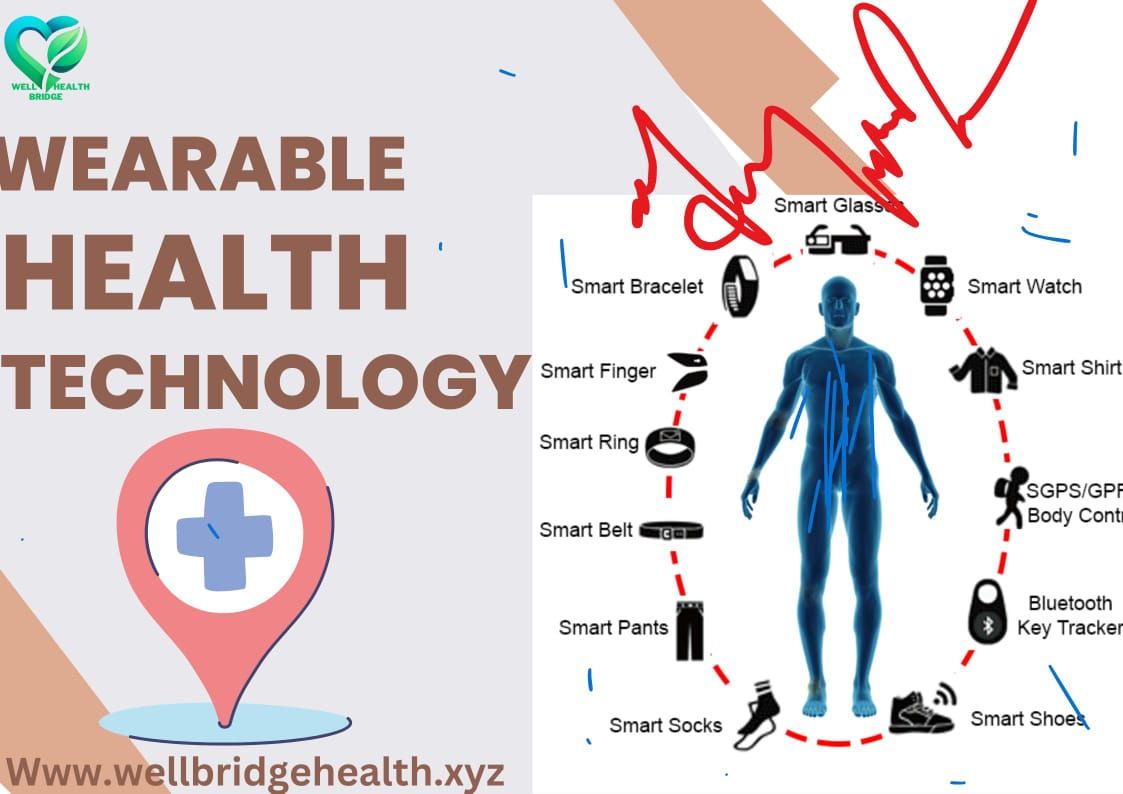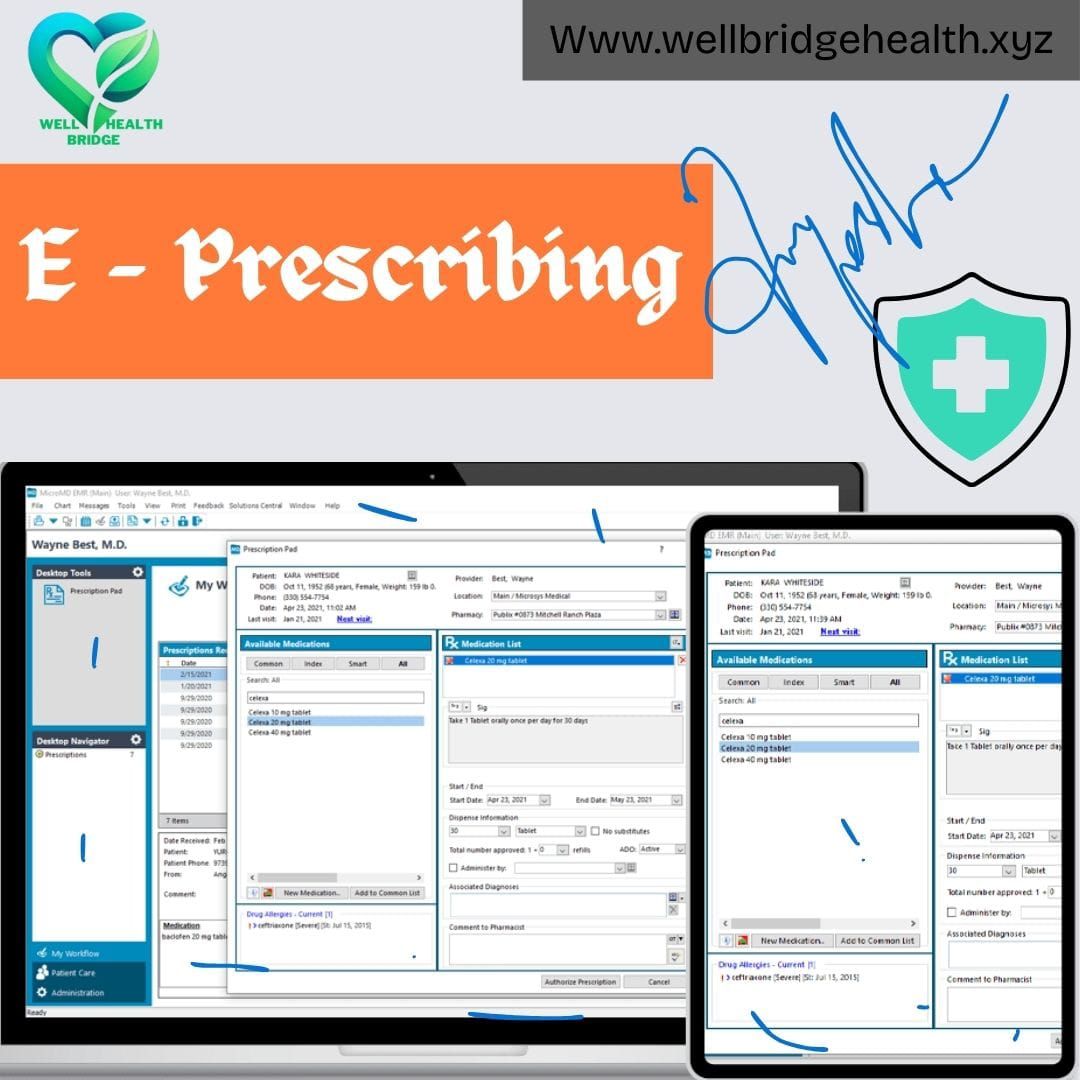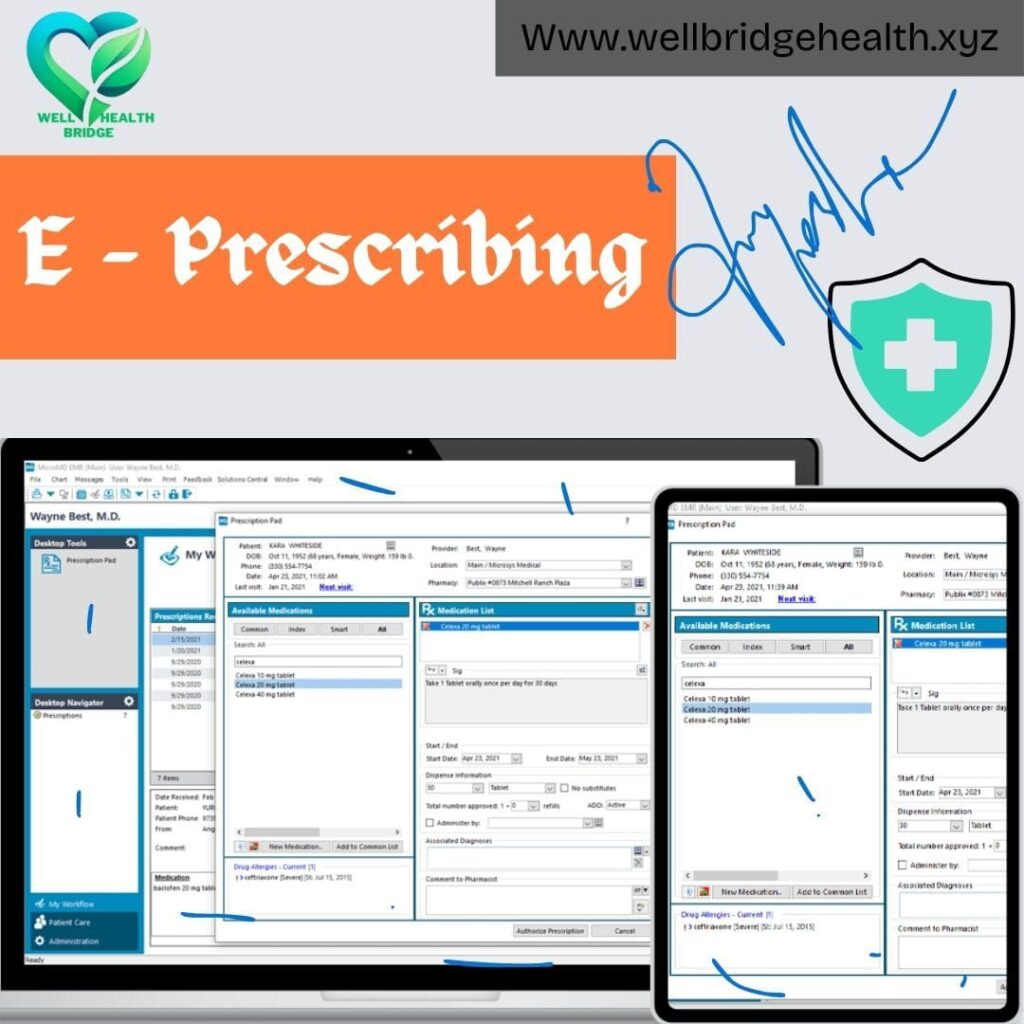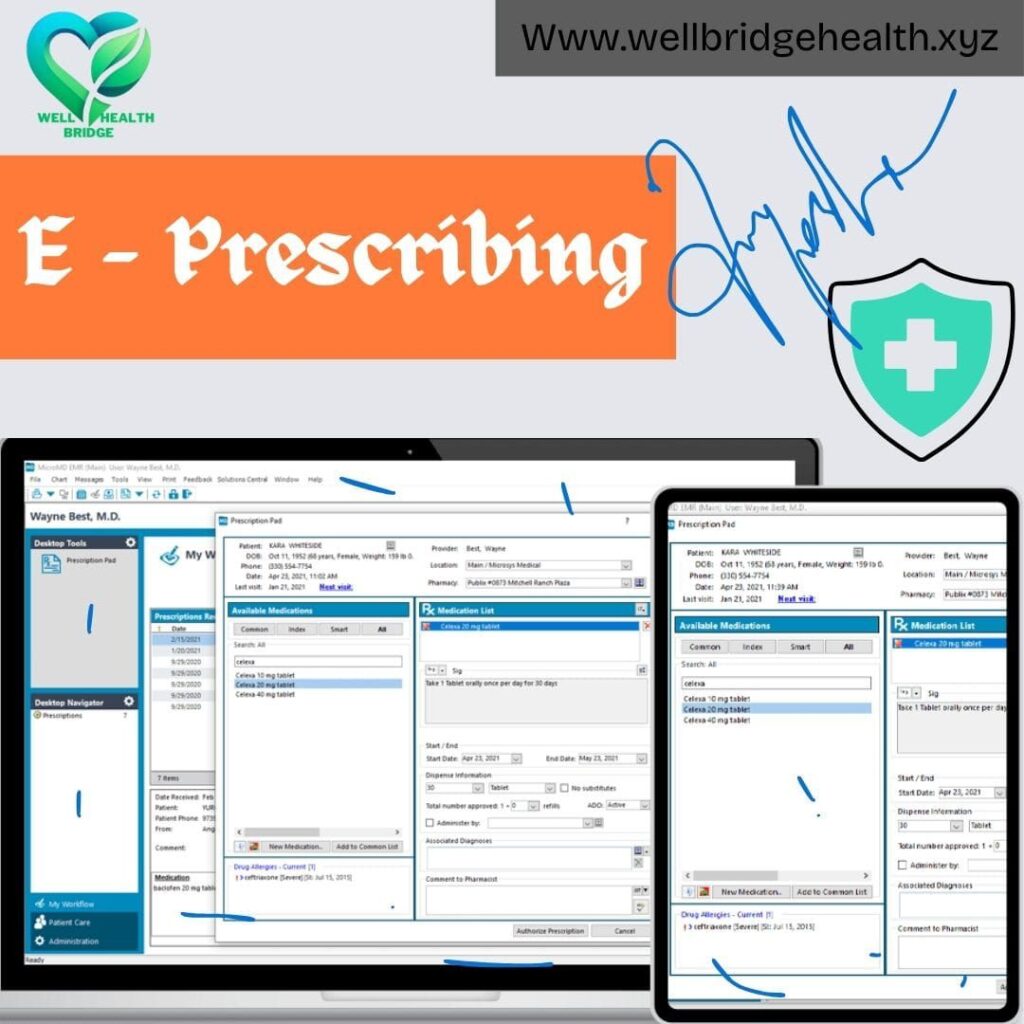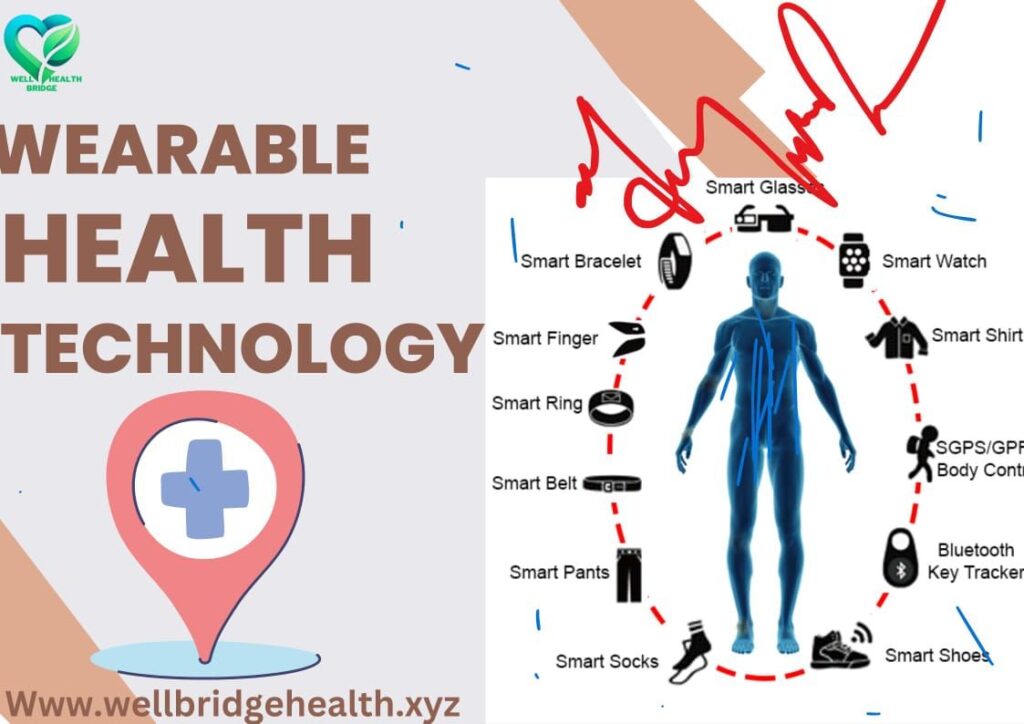
Introduction
Wearable wellbeing innovation has ended up a transformative drive in the healthcare industry, revolutionizing the way people screen their wellbeing and wellness. These gadgets, extending from basic wellness trackers to progressed smartwatches and medical-grade wearables, have picked up monstrous ubiquity due to their capacity to give real-time information and bits of knowledge almost a user’s physical and physiological state. As innovation proceeds to advance, the affect of these gadgets on individual wellbeing administration, illness anticipation, and the broader healthcare framework has gotten to be progressively significant. This paper investigates the advancement, benefits, challenges, and future prospects of wearable wellbeing technology.
The Advancement of Wearable Wellbeing Technology
The travel of wearable wellbeing innovation started with fundamental gadgets such as pedometers, which basically checked steps. Over time, mechanical progressions have driven to the improvement of more advanced gadgets competent of following a wide run of wellbeing measurements. Early illustrations incorporate heart rate screens and GPS-enabled gadgets utilized fundamentally by competitors to upgrade execution. In any case, the genuine breakthrough came with the coming of the cutting edge smartphone, which permitted wearables to interface consistently to apps and cloud stages, empowering more complex information investigation and personalized wellbeing insights.
The presentation of smartwatches, such as the Apple Observe and Fitbit, checked a noteworthy turning point in wearable wellbeing innovation. These gadgets not as it were track physical action but too screen heart rate, rest designs, and indeed identify inconsistencies such as atrial fibrillation. Besides, wearables are progressively being coordinates with fake insights (AI) and machine learning calculations, permitting them to anticipate potential wellbeing issues and offer personalized wellbeing counsel. The integration of sensors that can degree blood oxygen levels, push, and indeed blood glucose levels in a few progressed models, encourage outlines the fast advancement of this technology.
Benefits of Wearable Wellbeing Technology
One of the essential benefits of wearable wellbeing innovation is its capacity to engage people to take control of their wellbeing. By giving real-time input on different wellbeing measurements, these gadgets empower clients to make educated choices around their way of life, work out schedules, and by and large well-being. For occasion, wearables can alarm clients to unpredictable heartbeats, provoking them to look for therapeutic exhortation some time recently a possibly genuine condition creates. This proactive approach to wellbeing administration can lead to early location and anticipation of maladies, eventually decreasing healthcare costs and moving forward quality of life.
Wearable wellbeing innovation too plays a significant part in incessant infection administration. For people with conditions such as diabetes, hypertension, or rest apnea, wearables can ceaselessly screen significant measurements, permitting for way better illness administration and lessening the chance of complications. For case, ceaseless glucose screens (CGMs) give real-time information on blood sugar levels, empowering diabetics to oversee their condition more successfully and dodge perilous highs and lows.
Furthermore, wearables are changing the way clinical trials and wellbeing investigate are conducted. The nonstop information created by these gadgets offers analysts a riches of data that can be utilized to consider wellbeing designs and the affect of mediations in real-time. This has driven to the advancement of unused, more personalized treatment plans and a more profound understanding of how way of life variables impact wellbeing outcomes.
Challenges and Concerns
Despite the various benefits, wearable wellbeing innovation too presents a few challenges and concerns. One of the essential issues is information protection and security. The delicate wellbeing information collected by these gadgets is frequently put away on cloud stages, making it powerless to breaches and unauthorized get to. Guaranteeing the protection and security of this information is vital, and producers must execute vigorous security measures to ensure client information.
Another challenge is the exactness and unwavering quality of the information collected by wearables. Whereas these gadgets have moved forward altogether, there are still concerns approximately their accuracy, particularly when utilized in restorative settings. Wrong information can lead to inaccurate wellbeing evaluations and possibly hurtful choices. Hence, it is vital for producers to proceed refining the innovation and for clients to decipher the information cautiously, in a perfect world in meeting with healthcare professionals.
Additionally, there is the issue of openness and reasonableness. Whereas wearable wellbeing innovation has gotten to be more reasonable in later a long time, high-quality gadgets with progressed highlights can still be costly, making them blocked off to a few populaces. This computerized isolate can worsen wellbeing incongruities, especially in low-income communities where the predominance of constant maladies is regularly higher.
The Future of Wearable Wellbeing Technology
The future of wearable wellbeing innovation is promising, with proceeded progressions likely to make these gadgets indeed more necessarily to individual wellbeing administration and healthcare conveyance. The integration of more advanced sensors and AI will upgrade the exactness and utility of wearables, making them able of identifying a more extensive extend of wellbeing conditions. For occasion, inquire about is continuous into wearables that can screen mental wellbeing by analyzing designs in discourse, development, and physiological signals.
Moreover, the improvement of more personalized and versatile gadgets will permit for indeed more noteworthy customization based on person wellbeing needs. This may lead to the creation of wearables that offer personalized proposals for slim down, work out, and medicine, assist engaging clients to take control of their health.
In expansion to individual wellbeing administration, wearable innovation is anticipated to play a developing part in telemedicine and inaccessible persistent observing. The COVID-19 widespread quickened the selection of telehealth administrations, and wearables are likely to gotten to be a key component of this drift, empowering healthcare suppliers to screen patients remotely and give care without the require for in-person visits.
Conclusion
Wearable wellbeing innovation has made critical strides in later a long time, advertising various benefits in terms of individual wellbeing administration, illness avoidance, and healthcare conveyance. Be that as it may, challenges related to information protection, precision, and openness must be tended to to completely realize the potential of these gadgets. As innovation proceeds to advance, wearable wellbeing innovation is balanced to play an progressively vital part in the future of healthcare, advertising unused openings for making strides wellbeing results and improving the quality of life for people around the world.
